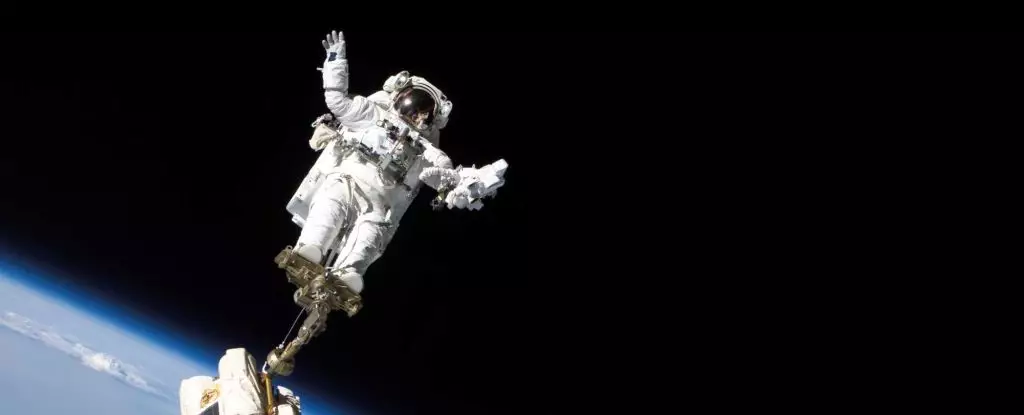Space travel poses significant challenges to the human body, which has evolved over millions of years in an Earth environment. From bone and muscle density loss to vision problems, urination difficulties, and even the potential for erectile dysfunction, our bodies face numerous issues in the absence of gravity. Among the more alarming consequences of spaceflight is the surprising phenomenon of astronauts’ fingernails falling off after performing extravehicular activities (EVA). This article delves into the cause behind this condition, known as onycholysis, and explores potential solutions to protect astronauts during spacewalks.
During EVAs, astronauts wear pressurized spacesuits to ensure their safety in the harsh conditions of space. However, these suits present challenges when it comes to protecting the hands. Research by epidemiologist Jacqueline Charvat and her team at Wyle Laboratories revealed that astronauts frequently experience hand injuries during EVA training and missions, despite various glove designs. The gloves, when pressurized, restrict movement and create pressure points, leading to pain, muscle fatigue, abrasions, and even onycholysis.
Understanding the Underlying Factors
To gain deeper insights into the causes of hand injuries, a study conducted in 2010 examined 232 reported hand injuries among astronauts. The researchers discovered a strong correlation between the width and circumference of astronauts’ metacarpophalangeal joints (the knuckles at the top of the fist) and their risk of injury. It appeared that the spacesuit gloves limited the mobility of these knuckles, concentrating more pressure on the fingers. The resulting reduced blood flow and tissue damage led to onycholysis.
Spacesuit gloves are intricate and composed of multiple layers to ensure the safety and functionality of astronauts’ hands. At a minimum, they consist of a comfort layer in direct contact with the skin, a pressure bladder layer that inflates when the glove is pressurized, a restraint layer to counter stiffness, and an outer Thermal Micrometeoroid Garment layer for protection. The design of the glove, particularly its fit, was found to play a significant role in hand injuries. In the study mentioned earlier, one glove type was associated with 8.5 times the risk of fingernail loss. Additionally, middle finger length and glove sizing were contributing factors, and women appeared to be more susceptible to onycholysis.
Despite personalized fitting of gloves for NASA astronauts, poor glove fit remains a potential cause for hand injuries. However, there is optimism for a solution with the introduction of new spacesuits designed for the Artemis mission. These next-generation suits may address the challenges associated with glove fit and provide increased protection for astronauts during spacewalks, alleviating concerns regarding onycholysis and other hand injuries.
As the quest for space exploration and research continues, it is evident that astronauts face numerous physical and physiological challenges. The physical toll on their bodies, as observed in the case of onycholysis, emphasizes the level of dedication and commitment required for their jobs. While advancements in spacesuit design aim to mitigate some of these challenges, there are still many unanswered questions and unexplored areas, such as coping with bodily functions like burping in the absence of gravity.
Space travel necessitates careful consideration of the impact on the human body. Hand injuries, including onycholysis, are among the many hurdles astronauts must overcome. As scientists and engineers strive to create improved spacesuits, the Artemis-era designs offer hope for better glove fit and enhanced hand protection during EVAs. With continued advancements, future astronauts will face fewer physical challenges on their missions beyond gravity’s grasp.



Leave a Reply